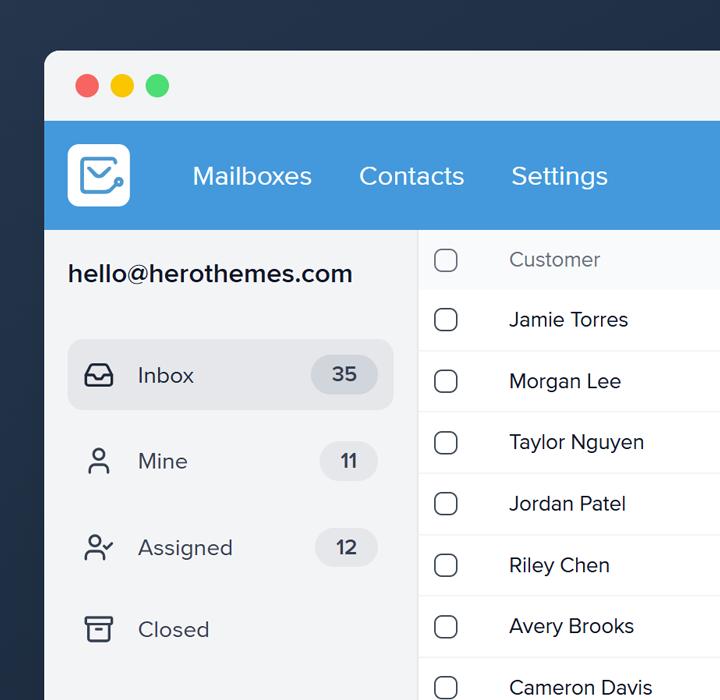Need more details to finish troubleshooting [Ticket ID]
Type: Data Request, Technical Support, Enterprise IT
Tone: Direct, Helpful, Professional
Complex support issues often stall because the help desk lacks context.
This subject line clearly communicates what is missing. Adding the ticket ID keeps everything traceable, which auditors and project managers appreciate.
Quick favor, if you have a sec?
This subject line works because it keeps the request small. You’re asking for a favor but framing it as a light ask, something the other person can probably handle quickly.
This matters because people often ignore emails when they anticipate a lengthy task. Here, however, you’re hinting, “Hey, no pressure, just a small thing.”
Use this subject line when writing to someone you’ve worked with before or someone you know is super busy.
It’s good for internal communication or customer service requests that require a gentle approach.
Just be careful not to overuse it. If everything’s always a “quick favor,” it loses meaning.
Type: Friendly, Professional, Support
Tone: Casual, Polite, Non-intrusive
Need a quick hand with [brief topic]
Tone: Clear, Direct, Respectful
Sometimes you just need to get to the point. “Need a quick hand with [brief topic]” subject line does exactly that.
It’s great for team collaboration or when you’re writing to a colleague who prefers fast, minimal communication.
It includes a subtle call to action and context right inside the subject.
Requesting your guidance on a tricky issue
Notice the verb, requesting, and the noun, guidance. Together they set formal yet approachable expectations.
Use this subject line when emailing senior stakeholders who prefer clarity. “Tricky issue” hints at complexity while keeping specifics inside the email and protecting confidentiality.
Help needed with [project name] before tomorrow
Type: Time‑Sensitive, Project Management, Team Coordination
Tone: Urgent, Specific, Action‑oriented
Add a deadline right in the subject line and you sharpen focus. Use this format when deliverables slip and shared accountability is important.
In the body of the email, start with a brief status update, list the next steps, assign an owner to each task, and end with a “Thank You”. Clear roles cut follow-up cycles in half.
Just wanted to say thanks again, [First Name]
Tone
Casual, friendly, warm
Why It Works
This one’s softer, more conversational. The phrase “just wanted to” creates a gentle tone and avoids sounding overly formal. It’s useful after a helpful interaction, support resolution, or even an informal favor.
The “again” implies this isn’t the first time you’ve said it, which adds depth to the appreciation. And when used in a post-support or customer success context, it leaves the door open to future interactions.
This format pairs well with plain-text emails. No hard CTAs. No friction. Just kindness, which most inboxes don’t get enough of.
This Subject Line Can Also Be:
- Thanks again for everything, [First Name]
- Appreciate you helping out today
Thanks for reaching out. Here’s what happens next.
Tone:
Clear, professional, calming
Why I Chose This Subject Line:
I wanted a subject line that shows appreciation without sounding robotic. Saying “Thanks for reaching out” creates a feeling of recognition, and the second part, “Here’s what happens next,” sets clear expectations.
That’s the kind of line I’d appreciate seeing in my own inbox. Especially after submitting a support request or contact form.
When to Use:
This line works best after a customer has filled out a form, submitted a ticket, or emailed a helpdesk.
It makes the message feel human, and it reduces uncertainty. You’re basically saying, “We’ve got your message, and we’re already on it.”
Tips:
- Don’t overpromise. Make sure your next steps are clear in the email body.
- Use automation smartly. Set this as an auto-responder if your system supports it.
- Pair it with a helpful article or FAQ to cut down on follow-up questions.
This Subject Line Can Also Be:
- Got your message. Here’s what we’re doing about it.
